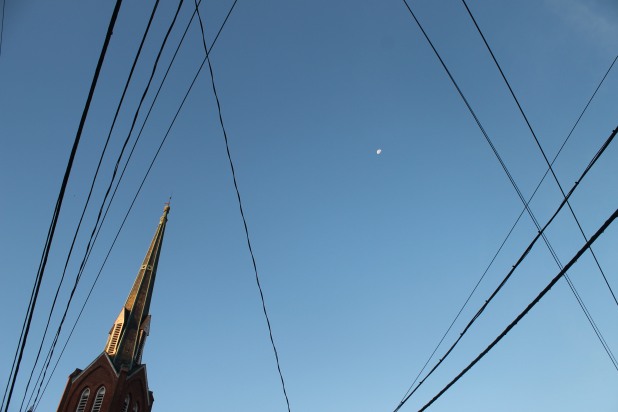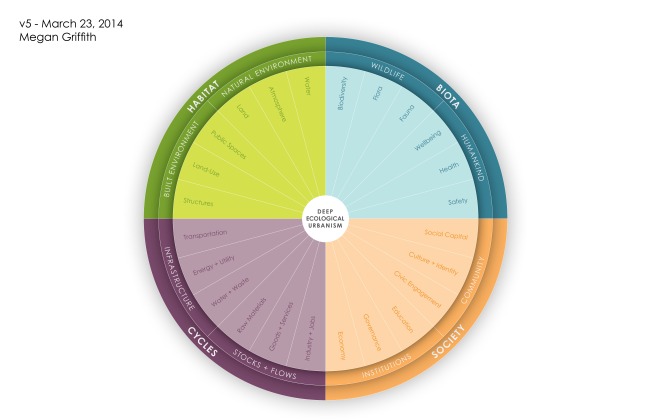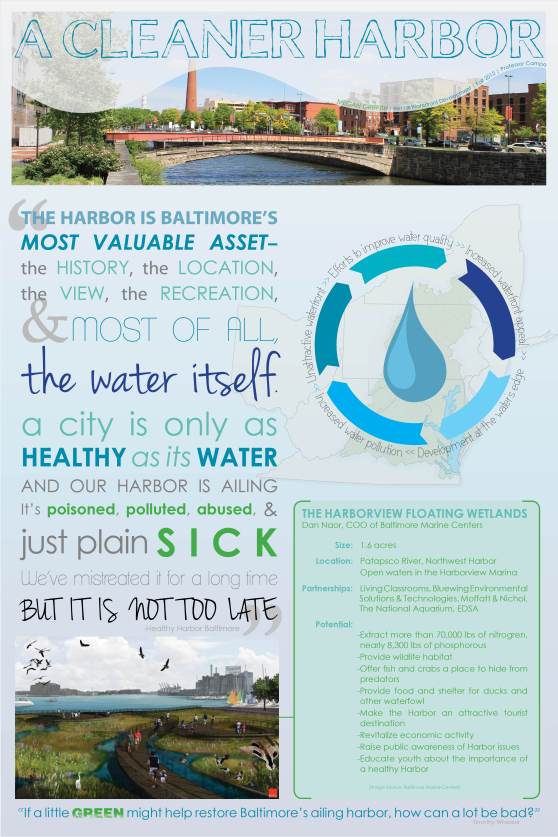Not to begin yet another blog post with an apology, but I truly am sorry for not posting more often!
Since graduating with my Master’s in City and Regional Planning, I’ve been working as a planner for the Baltimore-based landscape architecture firm, Mahan Rykiel Associates. In addition, my husband and I are looking at a house down the street from my new office. Should all go as planned (there have been a few hiccups), we’ll be in there next month! In short, life has been great!
Although I don’t have much planning content at the moment—especially not written—I would like to share some of the work I’m doing with Mahan Rykiel.
One of the main projects that I’m working on is an Economic Development Strategic Plan for the City of Lancaster, PA. You can read about the project on the website of our client, the Lancaster City Alliance. In case you haven’t been to Lancaster, or haven’t been in some years (as was the case with myself), I highly recommend a visit soon! The city is in such a great place that this plan, being produced more than 15 years after their previous Economic Development Strategy (1998), is being shaped from a “position of advantage.” Believe me, that’s not just some cheesy line, this city is really something to see! Rather than a reactive, symptom-based plan, this will be a proactive, asset-based strategy that builds on existing strengths in the city!
One of the things that I find most refreshing about Lancaster is the lack of chain stores. Though it does, at times, limit the ability of local residents to meet their daily needs (where to buy underwear!?), it provides visitors and residents alike with unique products and experiences. Furthermore, it enhances the city’s identity as an authentic place, built from diverse backgrounds and a rich heritage.
I credit this success to the strong, energetic spirit of Lancaster’s creatives, young professionals, investors, and business entrepreneurs. There are some terrific dialogues taking place, center on great ideas and inspiring collaboration.
I just got back from my third trip up there; and am still feeling enthusiastic after our Thursday evening public meeting! As a planner, I have never been in a public meeting where the tone remained almost completely positive throughout, where there appeared to be total agreement on many of the points brought up, and where the community truly saw and embraced the potential. I was able to visit a few of our study areas during this most recent trip. Below are some of the (many) photos that I took while up there! Enjoy!
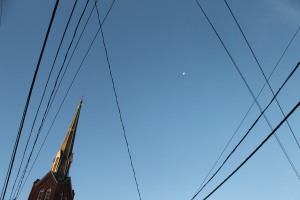
Juxtaposition of cables, wires, church steeple, and moon in the morning sky
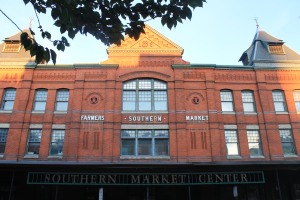
The Southern Market Center building, Queen Street
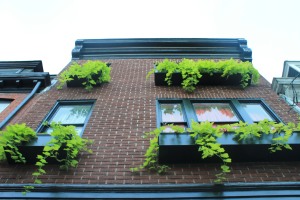
Green window boxes along Queen Street
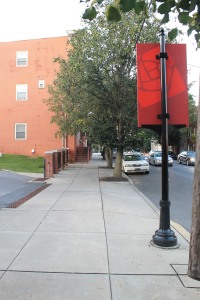
Wayfinding signs become attractive from the back with the imposed City logo design
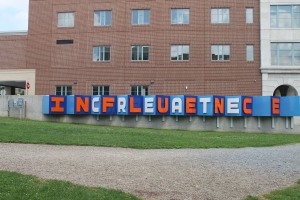
Commissioned Sculpture outside of the Pennsylvania College of Art and Design (PCAD)

A neighborhood park in Lancaster, PA
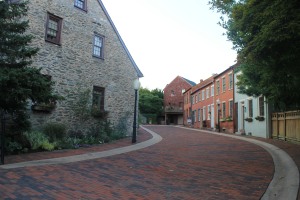
Curved alleys are scatter throughout Oldtown in Lancaster, PA
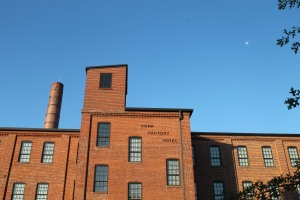
The Cork Factory Hotel, Urban Place along New Holland Avenue/Pike

Economic Development Strategic Plan Public Meeting, mapping activity
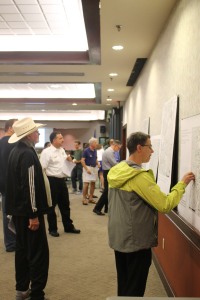
Economic Development Strategic Plan Public Meeting, mapping activity
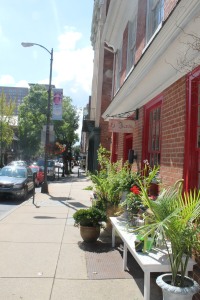
El Jardin, Florist along East King Street in Lancaster City

Street in Lancaster, PA
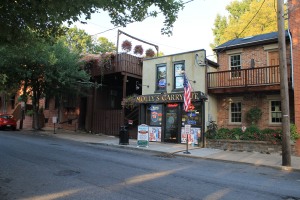
Pub facade in Lancaster City
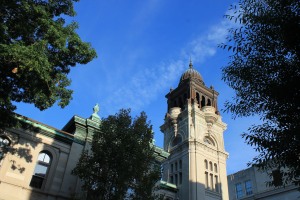
Downtown Lancaster, Duke Street
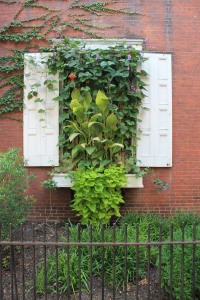
Green window on Duke Street in Lancaster City
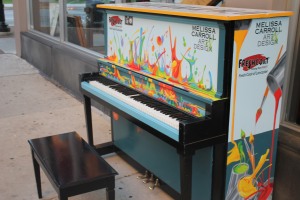
An arts initiative places painted pianos throughout the City of Lancaster
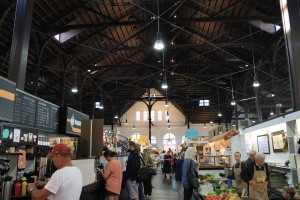
Lancaster City Central Market Day
The project is looking at some of the major commercial corridors in the city—Prince and Queen Streets, New Holland Avenue, Harrisburg Avenue, South Duke Street, East King Street, Manor Street and West King Street, and the downtown area. The photos above are limited, mostly, to the corridors we visited this past week (New Holland Avenue and East King Street) and to the downtown area simply because that’s where I went walking yesterday morning!
While this project is still in the early stages, I encourage people to follow along! Search twitter and other sites for #BuildingOnStrength to see what’s happening!
Also, if you happen to be from Lancaster, please take a moment to complete this survey (there is a version en Español).

